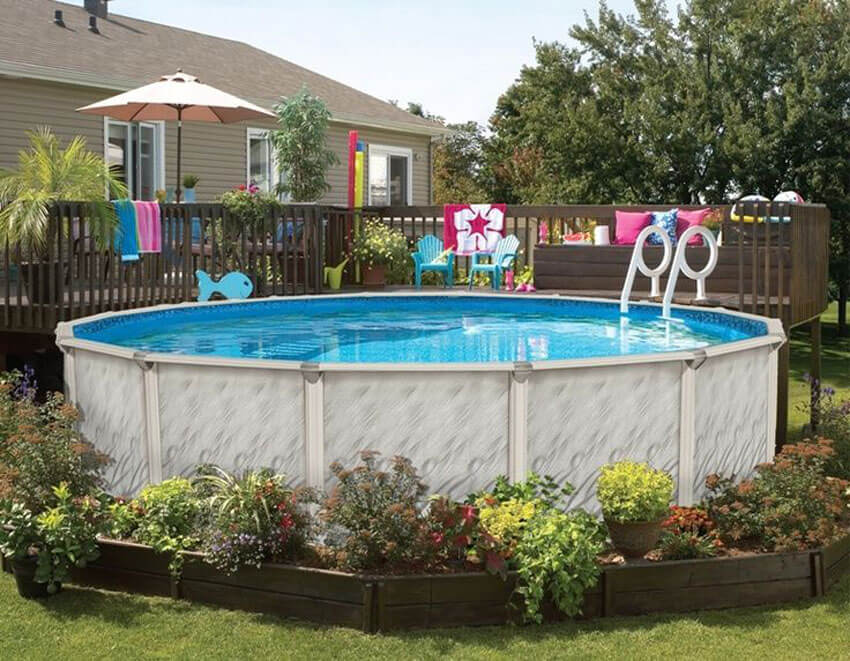
In almost all parts of the US, the end of the warm weather of summer is here. Unless you are a polar bear, you will want to close your above ground pool until the next spring season. Properly closing your above ground pool will ensure that it’s getting the protection it needs from the harsh winter weather and debris.
”Swimming is normal for me. I'm relaxed. I'm comfortable, and I know my surroundings. It's my home.” -Michael Phelps
This also helps in saving money and time that would be needed in opening your pool again come springtime. Furthermore, you will also eliminate the additional chemical and electrical costs. By closing your pool, you'll avoid potential freeze damage to your pool's plumbing and equipment.
Related: 5 Coolest DIY Pool Features You Need to See
Order the Necessary Pool Closing Supplies
Weeks before you plan to close your above ground pool, make sure that you already have a pool air pillow. You must also have closing chemicals and ensure that your pool cover is in perfect condition. There are lots of closing kits available in your local stores and they are usually more than what you need. However, they will ensure that your pool makes it in good shape for the Memorial Day weekend when you will open your pool again.
Clean the Pool, Add Winter Chemicals
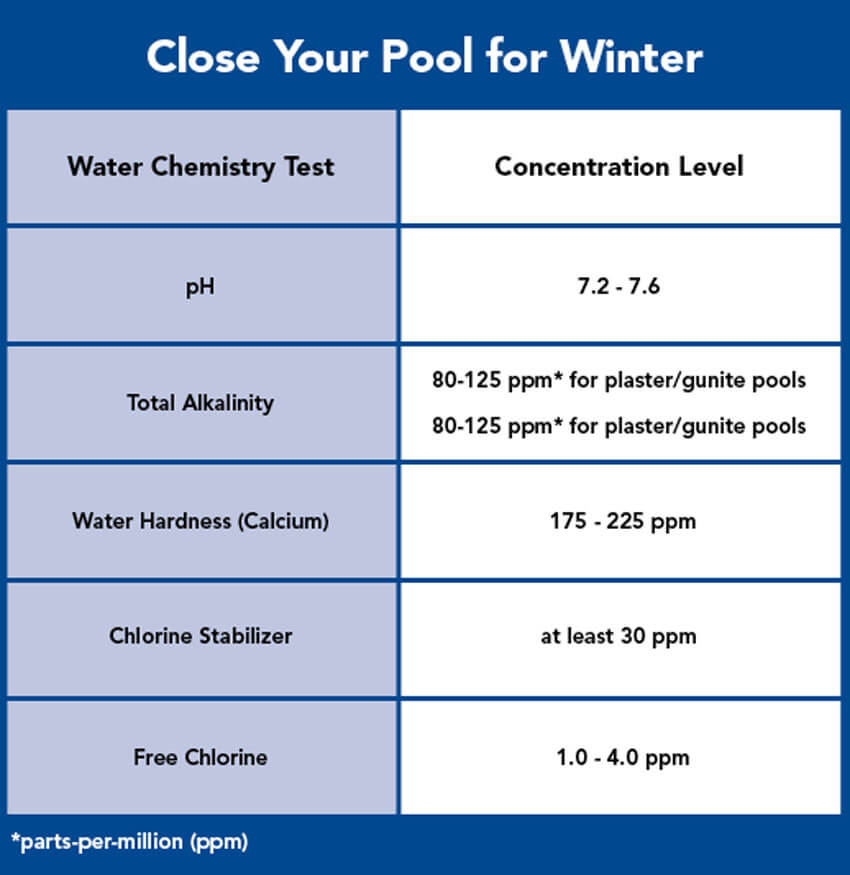
In order to properly clean your pool and add the chemicals, follow these steps:
- Balance the alkalinity and pH levels of your pool
- Add the algaecide and a non-chlorine pool shock, one by one
- After you add each chemical to your pool, ensure that the filter runs for at least 4-6 hours
- Vacuum the pool and make sure that the walls and floors are free from any debris or excess material
- If you spot leaks in your pool, you have to call professionals to seal them up before you finally close it
Lower Your Pool’s Water
Most homeowners would use a cover pump to lower pool water below the skimmer. This will take a couple of hours. Take out the eyeball fittings of the returns and then insert your winterizing plugs. The entire process should be easy. The next thing you have to do is to close the skimmer. If you have a metal plate, screw it into the skimmer so you can block water from reaching the area. You may also use an Aquador cover as it will fit over the skimmer. For the PVC pipe, blow out or drain the pipes. Then, add antifreeze if needed.
Winterize Equipment
If in the area that you live in the temperature drops to freezing point, then it would be a good solution to winterize your heater and filter. Most homeowners think that they don't need to do anything. However, as the temperature drops, you are risking the chance of water entering into your pool’s filter or pump which will then freeze and expand.
When they do, this may lead to shattering and cracking. The likely scenario is that you'll have to spend a lot of money just to fix or replace the damaged parts and equipment. That’s why you should store your pump and filter indoors instead. Make sure you dry the filter completely in order to kill the microbes present. This will also prevent mildew development.
Related: 4 Swimming Pool Add-Ons Your Kids Will Love
Cover the Pool
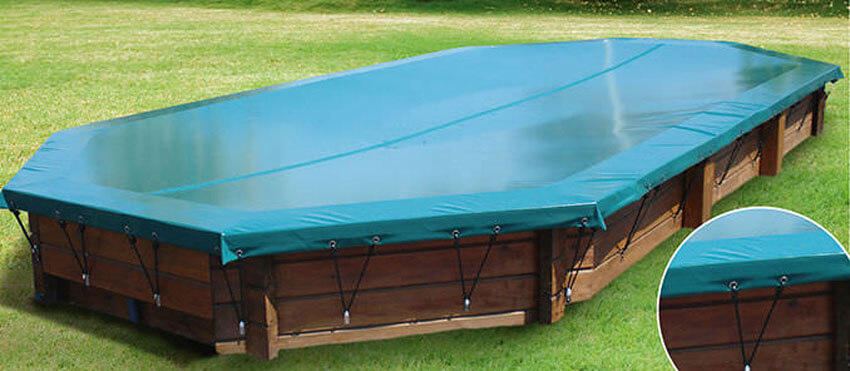
Now, all you have to do is cover the pool. Be careful that you don't snag the cover as it may tear from sharp edges. The cable must be worked into the ratchet. The ratchet must also be tightened up so the cover won't be blown by a gust of wind. If you want to ensure that the wind won't get under the edge and cause the pool cover to flap around, put a bit of water on the cover.
In a nutshell, closing your above ground pool involves the process of vacuuming and brushing the pool properly, adding winter chemicals, lowering the water, winterizing the pump/filter, plugging the skimmer and returns, and covering the pool in the end.
Related: Are Swimming Pools Worth the Cost?
 Let a pool contractor give you an estimate on your project
Let a pool contractor give you an estimate on your project

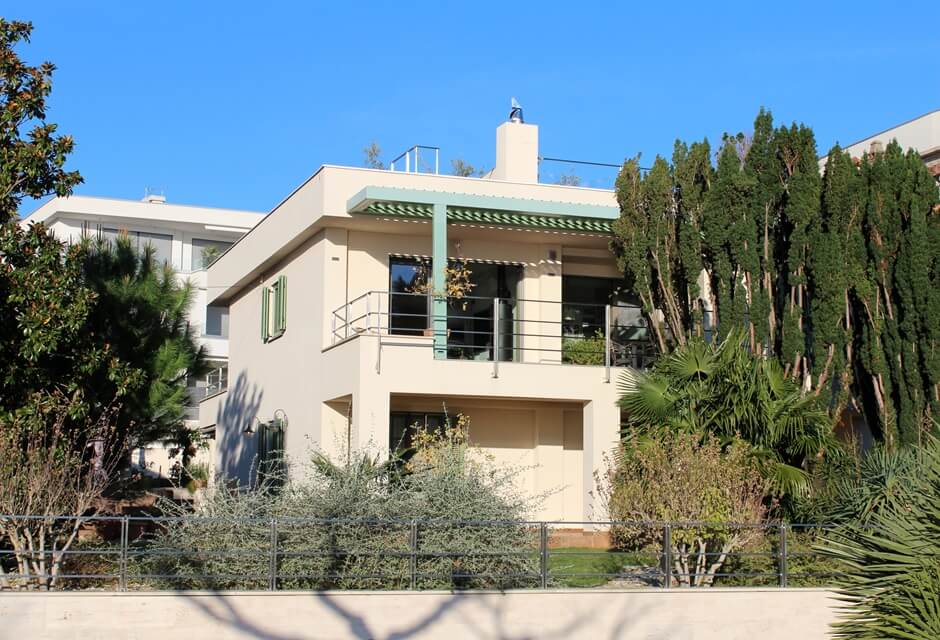
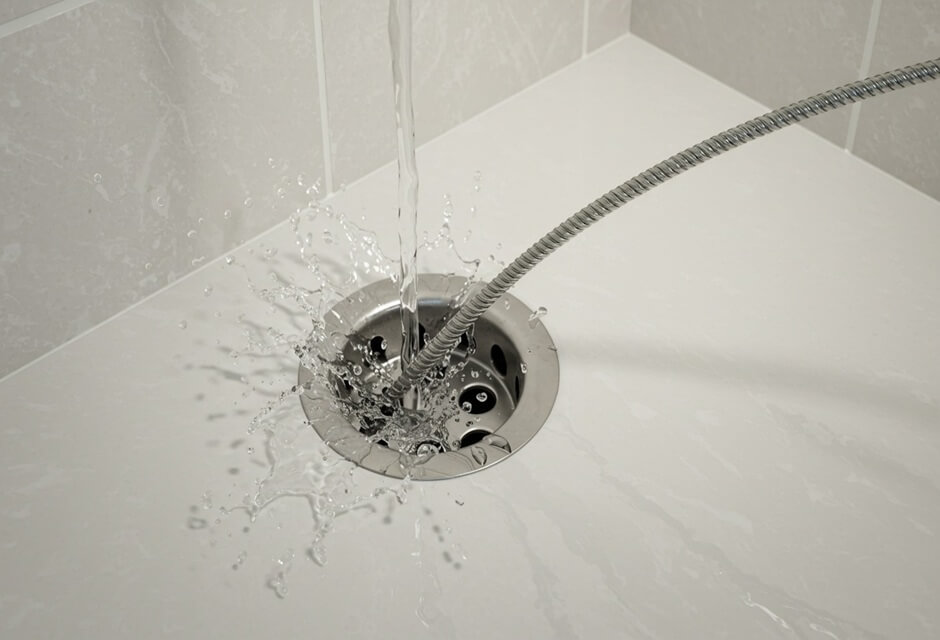
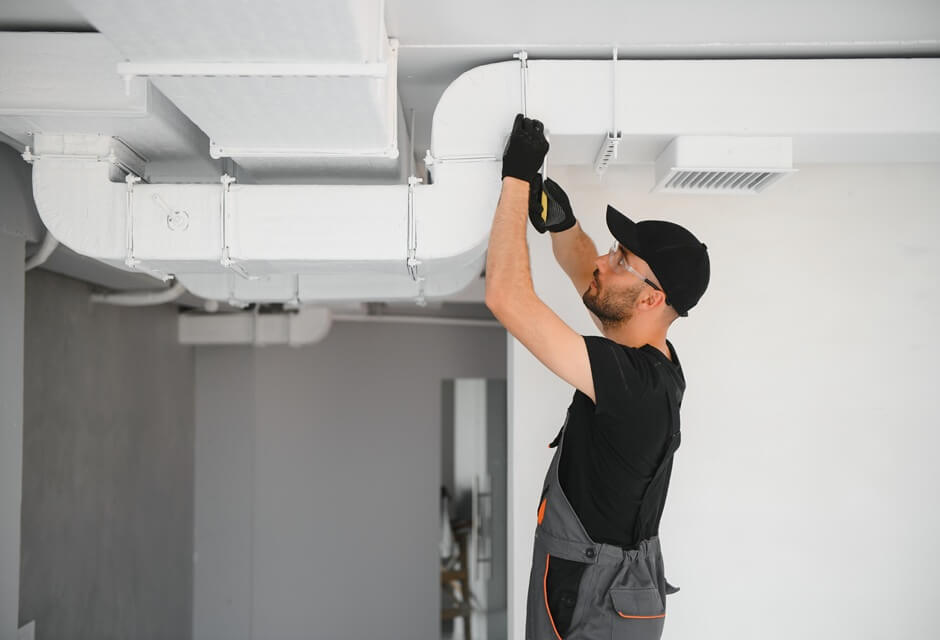
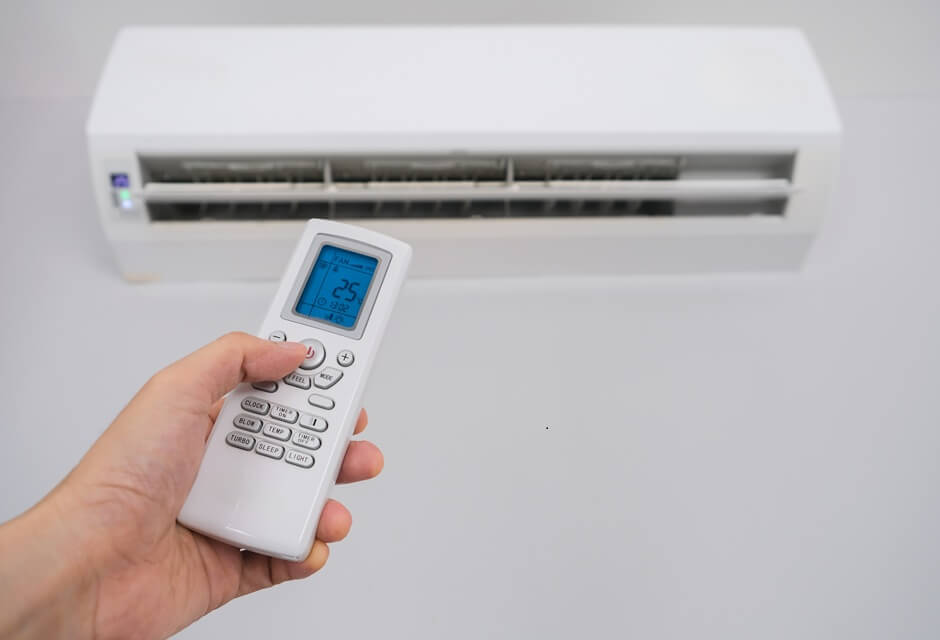
 Member of the
Member of the